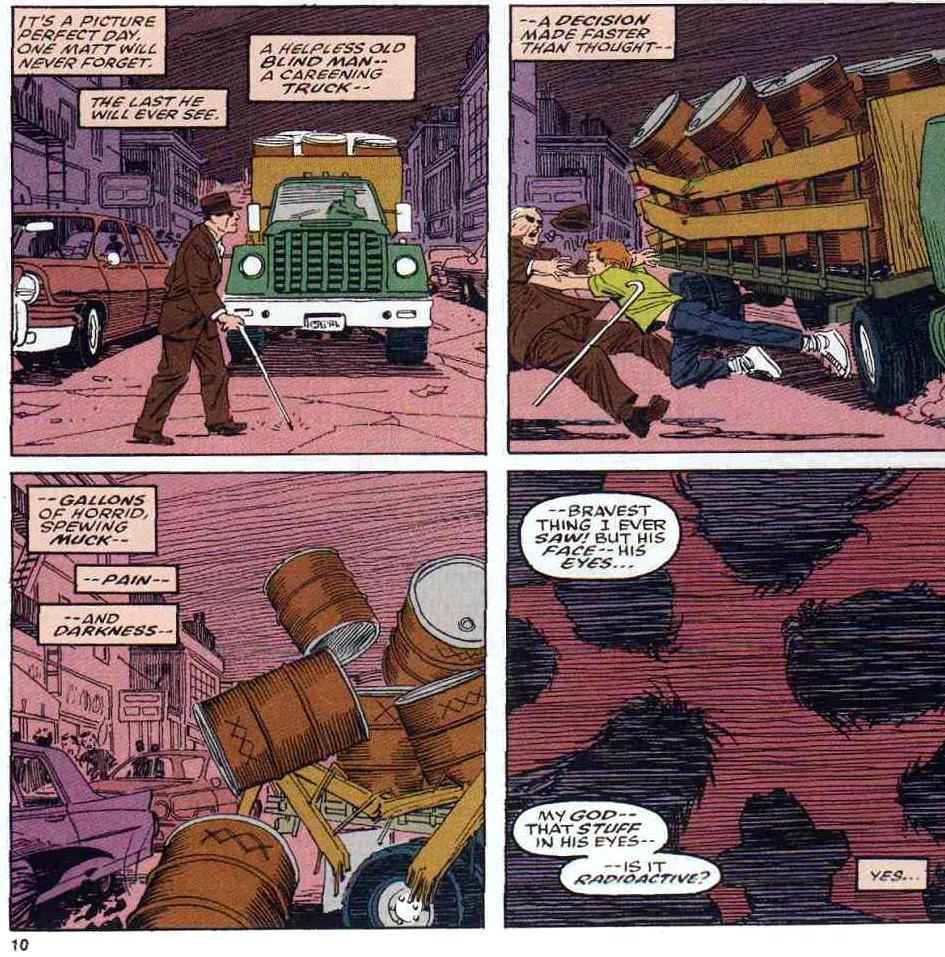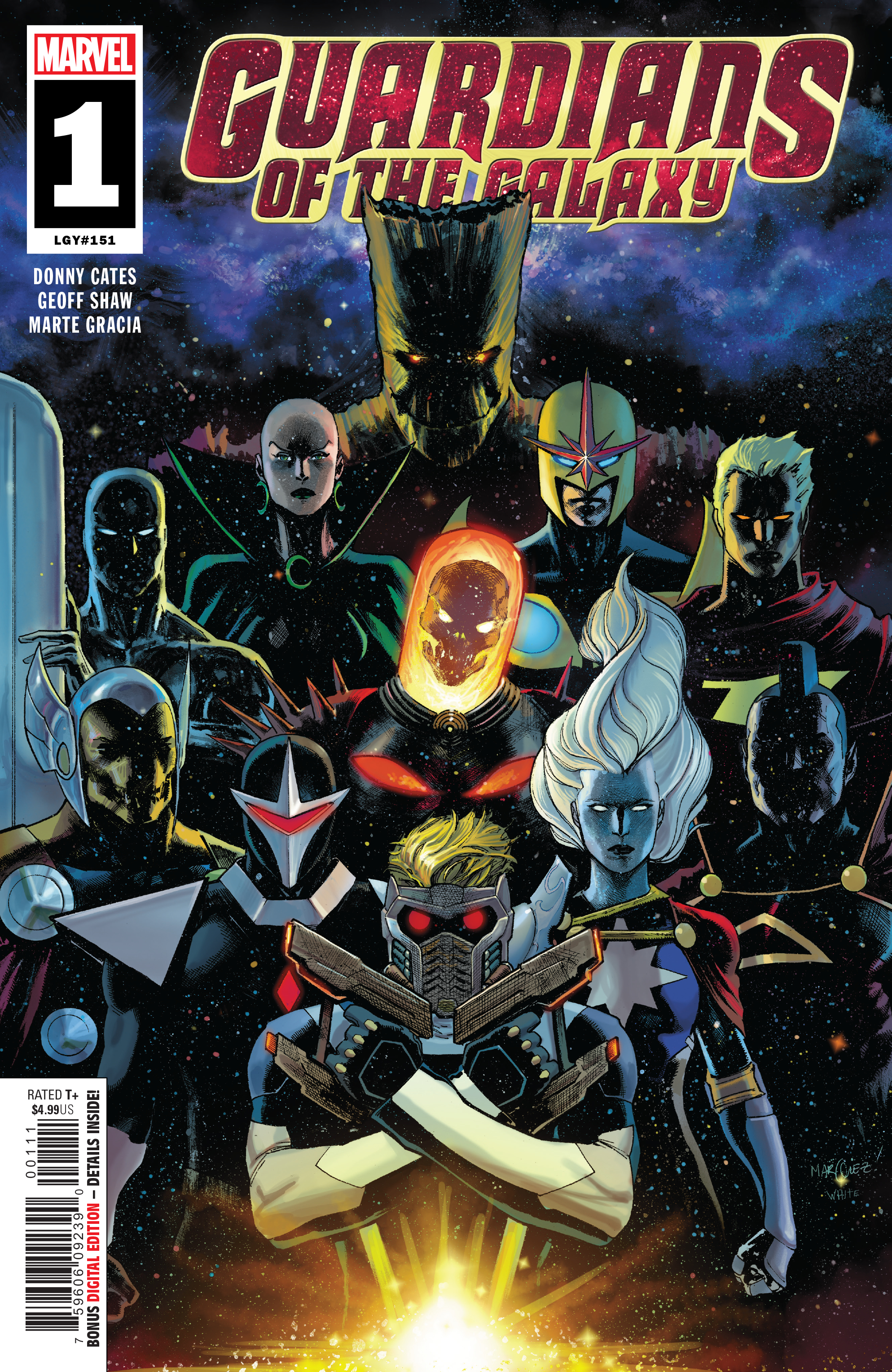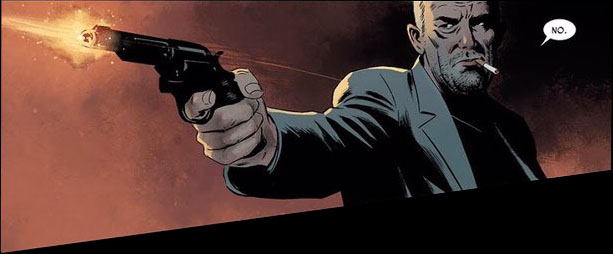By Zack Quaintance — A key theme in Livewire #1 was whether one can justify extreme actions just because they have a righteous and worthy cause, and it manifested clearest in an argument toward the end between Amanda (aka Livewire) and Avi, an argument about her actions during the Harbinger Wars 2 event, during which she shut down the entire country’s power grid to stop shady government actors from murdering/abusing Psiots but in the process caused loss of life, resources, and safety.
Writer Vita Ayala’s script for the debut issue played this all out across the tricky philosophical ground the ideas call for, not letting anyone involved off the hook. This gave the series’ debut (and by extension the series moving forward) a dynamic, realistic feel. At one point, Avi even laid it all there, asking Amanda, “‘By any means necessary,’ right?”
More plot went down, and the first issue eventually ended with Amanda in a precarious position, seemingly caught by a squad of elite forces. During the capture, the commandos go out of their way to assure her they are motivated by good sense (she has a massive bounty on her head) and are far from the most extreme folks hunting her. It was a nigh-perfect ending, leaving readers with a sense/fear that Amanda was about to suffer consequences for what she’d done, potentially even in a way that would rattle the surety of her justifications.
Speaking of which...justifications, good intentions, right versus wrong, means versus the end, regret—that first issue had hints of it all, leading to a great hook for a series that already feels both promising and powerful (even if it is steeped in some immediate back continuity from the larger Valiant superhero universe). I, however, read an advanced copy of the issue in either late November or early December, and almost immediately regretted doing so because it meant that I wouldn’t get to resume this story for many weeks. Anyway, here we are now with Livewire #2.
What I found most impressive is the way it naturally evolves from its earlier focus on Livewire’s consequences, to the extreme actors on the other end, essentially putting her in the clutches of those she made her drastic move to save children from. And what do we find once she’s there? An infrastructure of abuse, fear, and weaponized bigotry that is well fortified, it was clearly in motion (although they insist it was not) long before she did what she did.
I don’t want to spoil any of the particulars, but I will note this excellent bit of dialogue, wherein Livewire tells her captors, Things like these are exactly what led me to the shut down. People like you made the fight necessary. It’s 2019, and I think most (if not every last one of us) has felt the need to say some variation of this in the last two or three years, perhaps often.
In a broader sense, this is just an incredibly smart comic. Stories about Valiant’s Psiot characters, is that they’re all built on ideas derivative from X-Men. The best of them (and this early Livewire book is quickly making a case to be among those, up there with Joshua Dysart’s and other writers’ Harbinger and Toyo Harada books) extrapolate the ideas and metaphors from X-Men to more complex and consequential places, places the commercial interests of the larger Marvel franchise often prevent them from going. When someone threatens to negate Livewire’s powers with an experimental surgery, for example, there’s a sense it might actually happen, which just isn’t the case with Nightcrawler, Colossus, or Kitty Pryde, and so on.
I could keep going, but the point is there’s just so much to like about this comic. This is really Valiant superhero stories at its best, smartly written, impeccably illustrated, and done with a sense that anything can happen if it serves the story. I highly recommend getting in on this series.
Some other quick highlights from issue #2: great word play equating false profits with false prophets; the opening fight sequence by Raul Allen and Patricia Martin is absolutely electric; the color work in the cell; and the excellent panel wherein Livewire starts to fight back against impossible adds, the one that stands as an homage to the famous We Can Do It! World War II poster.
Overall: Livewire #2 picks up where the previous installment left off. The creative team here is really building something special, and I can’t emphasize strong enough that fans of superhero fiction should get in on the bottom level. This comic has the potential to be a run talked about for a long while. 9.5/10
Livewire #2
Writer: Vita Ayala
Artists: Raul Allen and Patricia Martin
Letterer: Saida Temofonte
Publisher: Valiant Entertainment
Price: $3.99
Check out some of other thoughts about this comic from both this week and the past in our reviews archive.
Zack Quaintance is a tech reporter by day and freelance writer by night/weekend. He Tweets compulsively about storytelling and comics as BatmansBookcase.






















